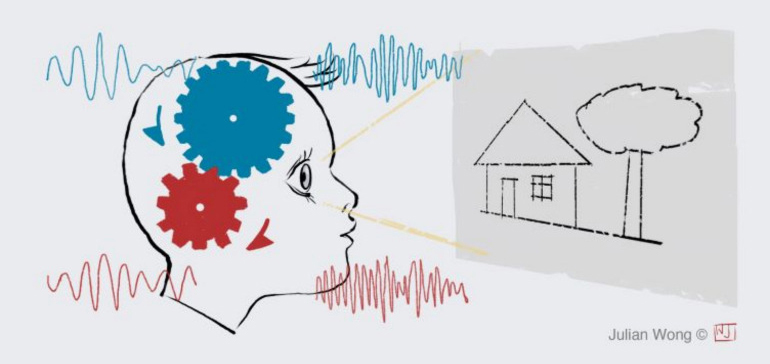The Key to Lasting Memories

A team of researchers led by current and former WSU faculty have captured rare data from the brains of children and adults who were asked to memorize pictures of simple scenes while undergoing neurosurgery. These electrocorticographic recordings came from two areas of the brain simultaneously: the medial temporal lobe (MTL) and the prefrontal cortex (PFC). Researchers have long suspected that both regions play key roles in memory formation.
The research done by MPSI faculty member Noa Ofen, Ph.D., and colleagues confirmed that communication between these two regions determines how an experience becomes a memory. They also showed the precise ways these regions interact as children mature to make them better able to form lasting memories.
The study, "Dissociable oscillatory theta signatures of memory formation in the developing brain," appeared in the February 15 issue of Current Biology. News of the discovery has appeared in various media outlets, including Science Magazine and Neuroscience News. "We started by identifying two distinct brain signals," said Dr. Ofen. "We then continued to isolate unique effects." The brain signals oscillated at fast and slow frequencies and the team studied how those oscillations affected the interactions between the two brain regions. The slow oscillations get slower with age and the fast oscillations speed up.
According to Dr. Ofen, this is a critical novel finding that could have vast implications for understanding both brain development and age-related differences in memory. Dr. Ofen is an associate professor in the College of Liberal Arts & Sciences, the Institute of Gerontology, the Translational Neuroscience Program, and MPSI.